Arizona Hunting Guide
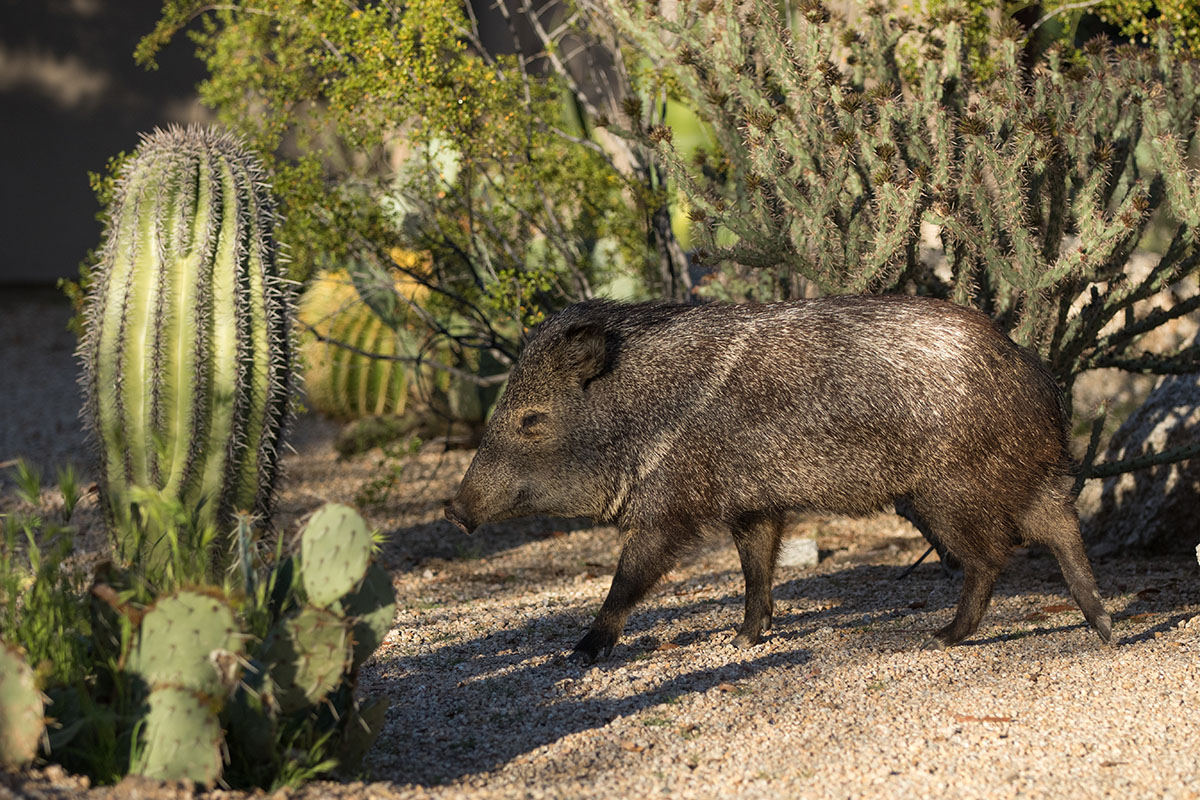
Favorable gun laws and large amounts of open land make Arizona a popular state for hunting big and small game alike. Arizona offers a variety of game species and unique hunting opportunities for both residents and nonresidents.
What to Hunt
Because of Arizona’s unique habitat and climate, it supports a variety of popular game hunting species.
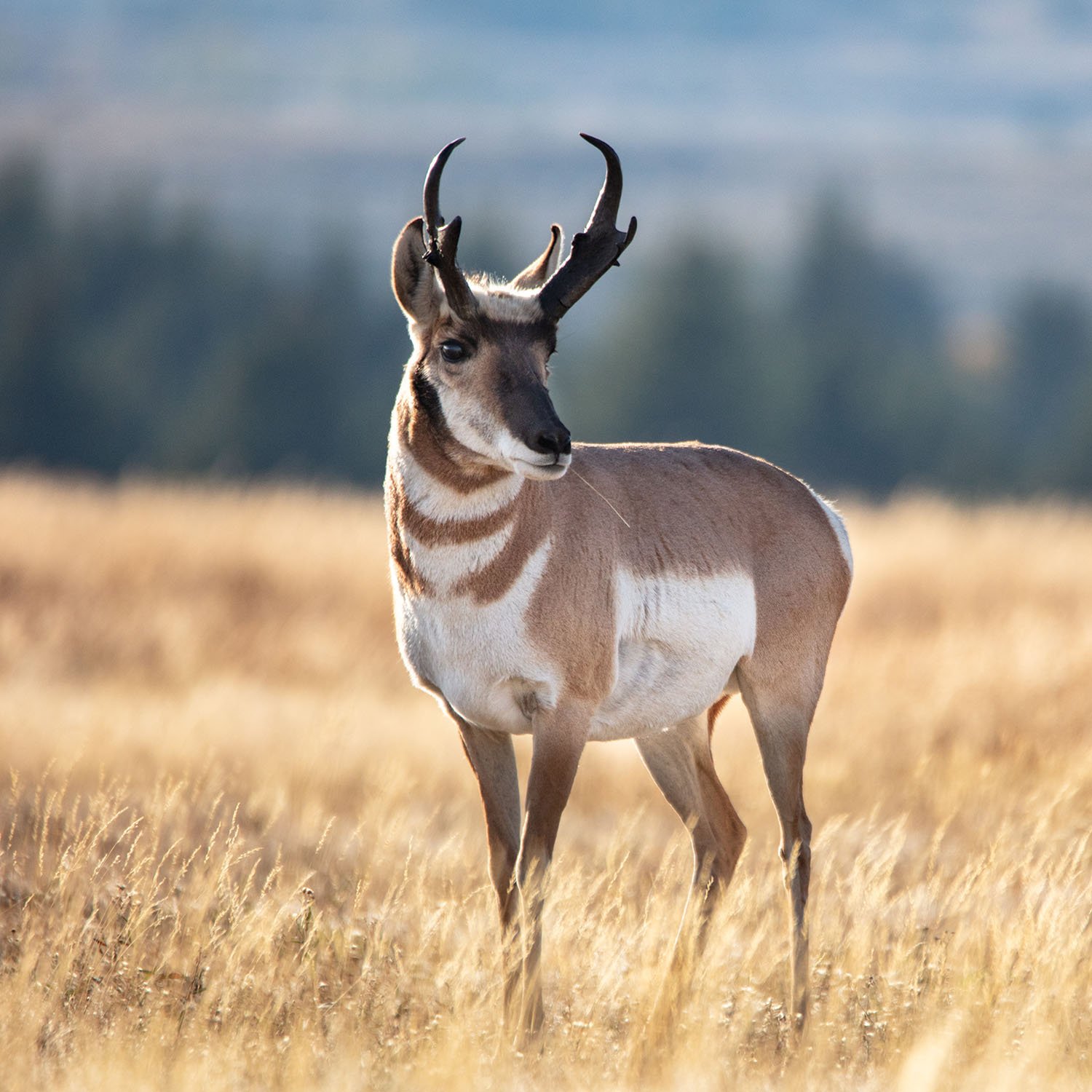
Pronghorn
Although Pronghorn were once a struggling species in Arizona, they have made a significant comeback and are now one of the state’s most popular game species. Pronghorn are found all over the state, often in mixed-sex herds. However, in the spring, bucks travel alone or in small groups. In the falls, bucks will travel with harems of 15-20 does and protect them from other bucks. They breed in August and September, and give birth in May and June.
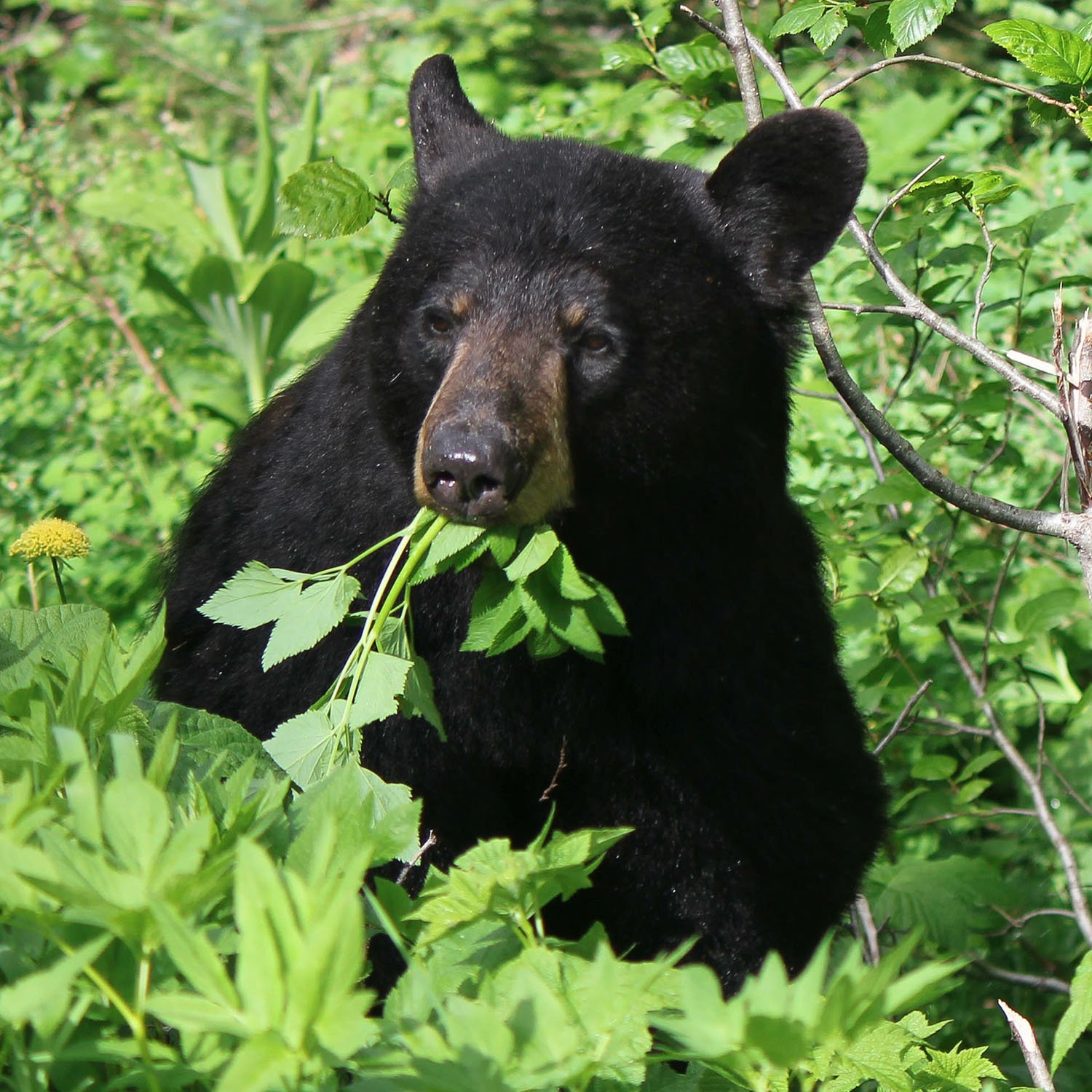
Black Bear
Black bears can be found in woodland habitats in Arizona, notably in pinyon-juniper, oak woodland, coniferous forests, and chaparral. Black bears are generally solitary animals outside of mating and watering congregation sites. There is a bag limit of one black bear per calendar year. There is an annual female harvest limit, which will close down the season for the year.
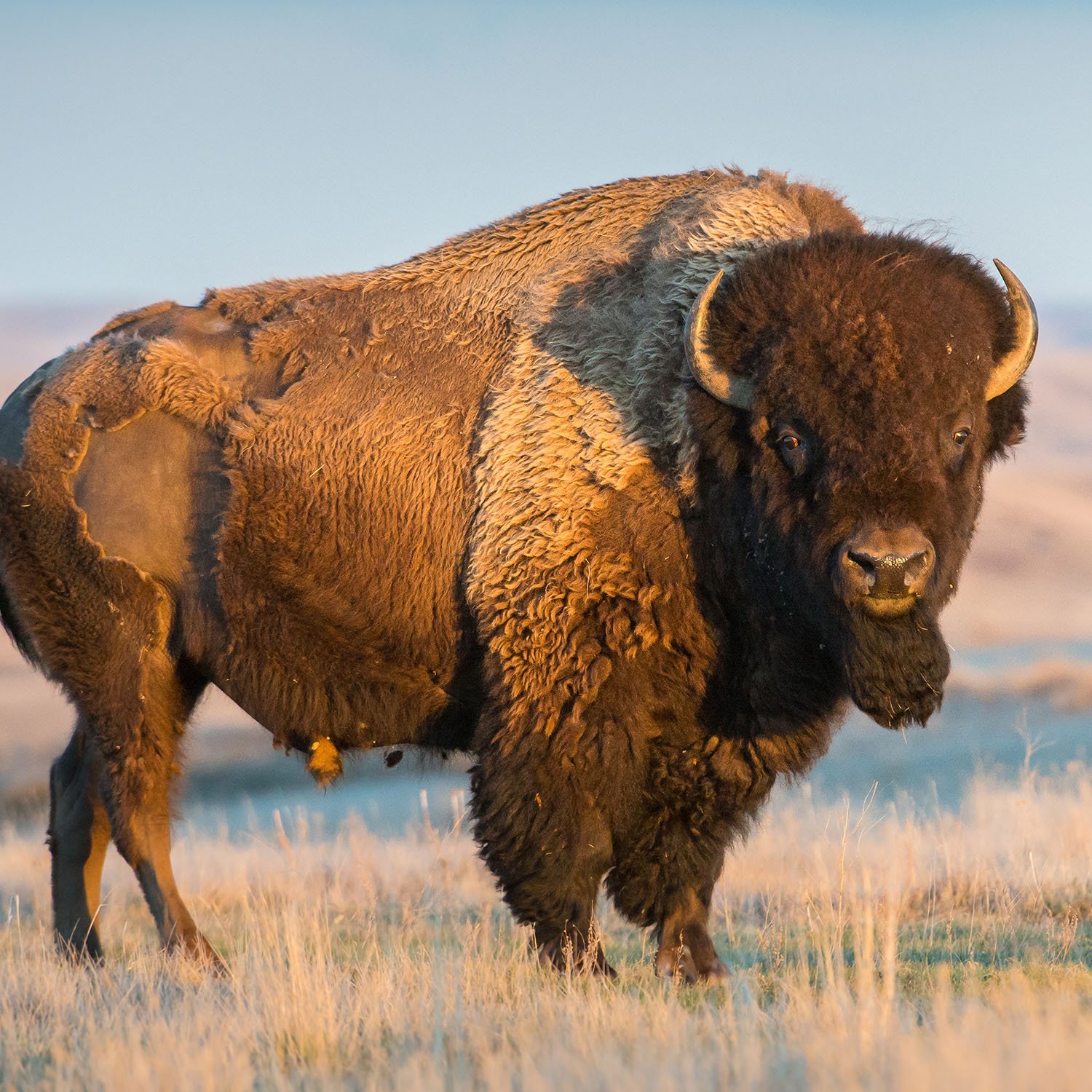
Bison
Bison are native to the southwestern portion of the United States. After suffering from severe overhunting, bison can now be found in healthy abundance in Arizona.
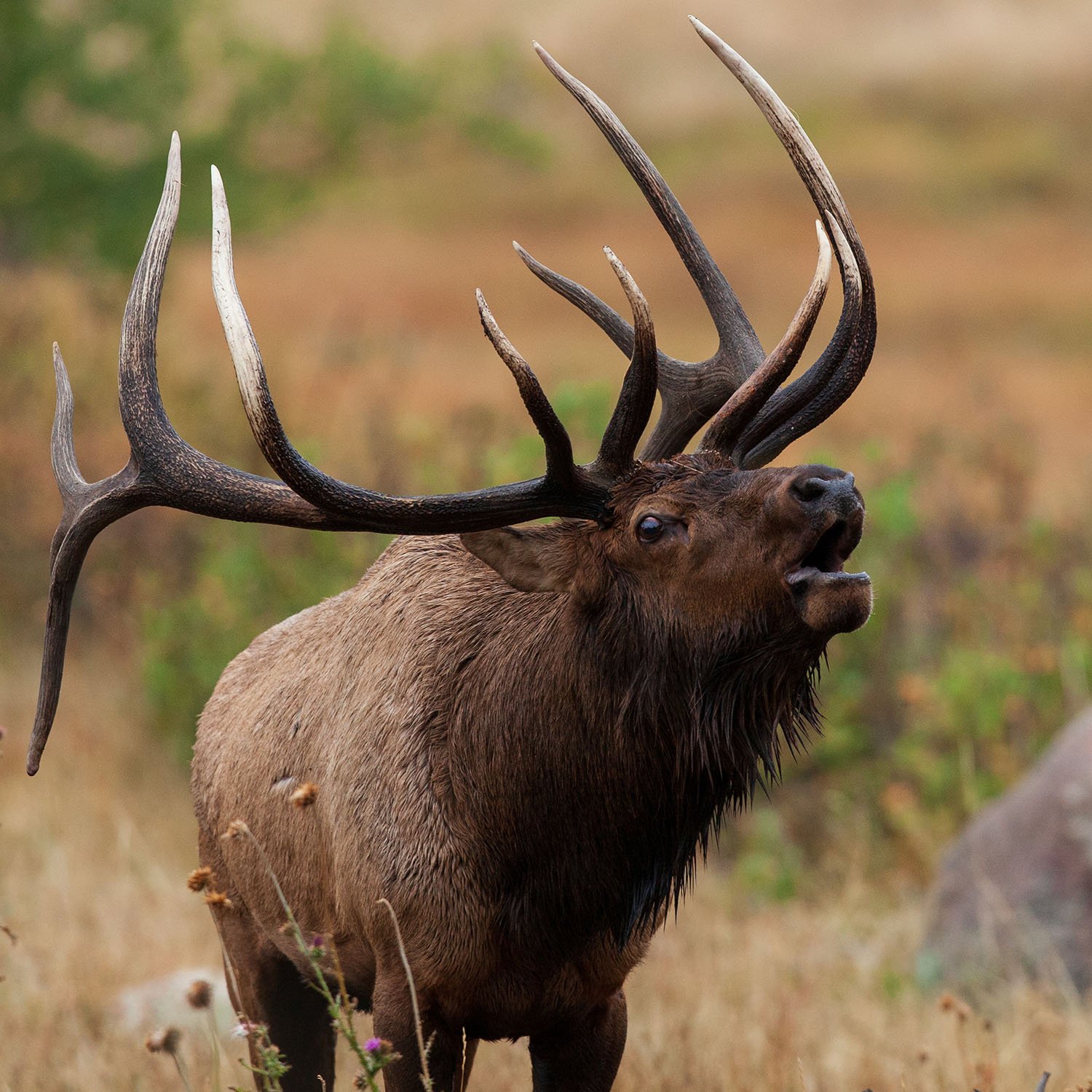
Elk
Arizona holds a healthy population of elk, distributed mostly in the north in fir-aspen and pine-juniper forests. Elk can be found in areas of higher elevation throughout most of the year, before being forced downward by colder temperatures. Arizona offers a system for patient hunters to wait for their names to be drawn, as well as a lottery system. Late season archery elk hunts, November/December rifle hunts, and pursuing cow elk instead of bulls will all help a non-resident hunter secure a tag more quickly.
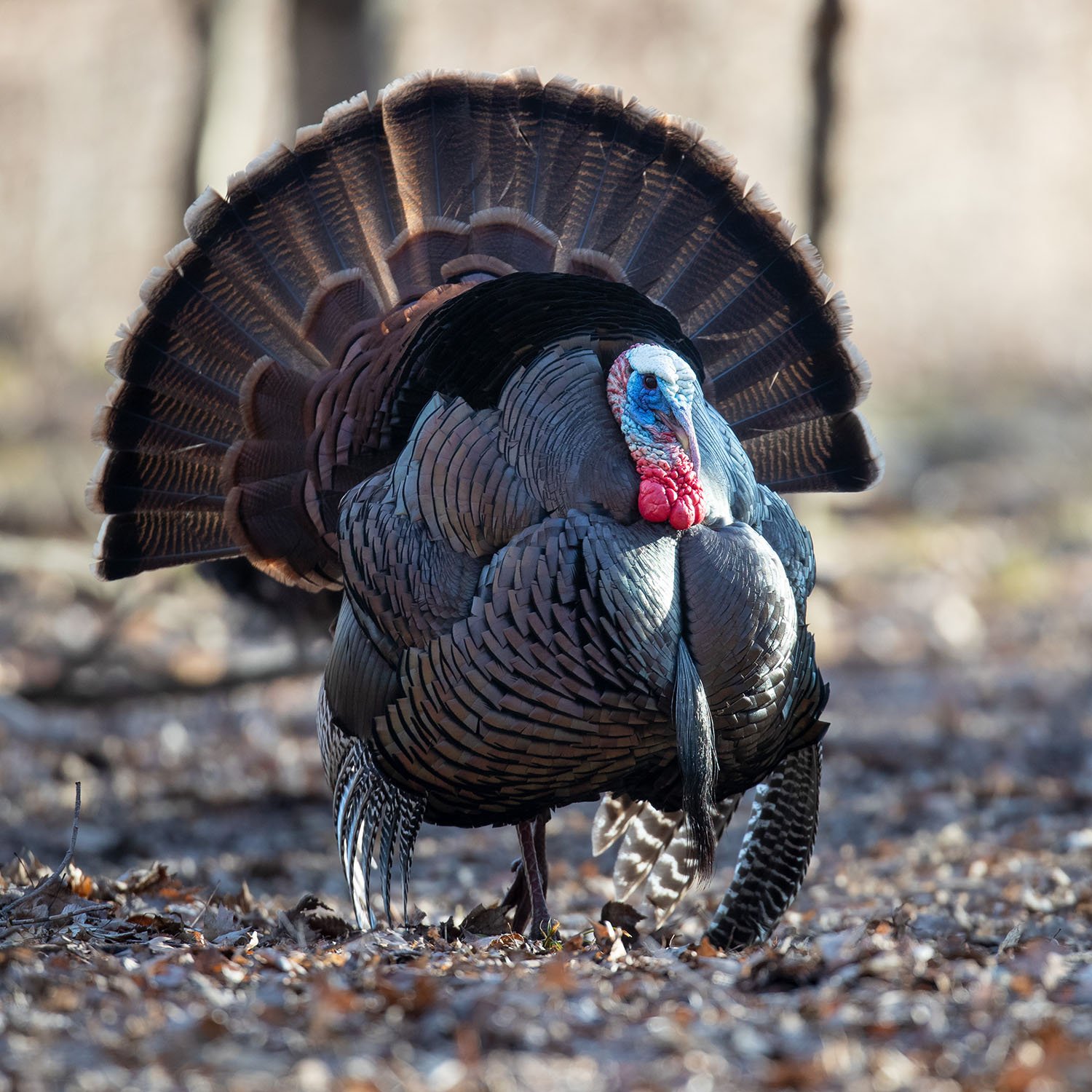
Turkey
Arizona is home to three subspecies of turkeys: Merriam’s, Gould’s, and Rio Grandes. Merriam’s and Gould’s turkeys are native to the state, while Rio Grandes were introduced from Utah. Wild turkeys can be found in ponderosa pine forests and other vegetations in elevations from 3,500-10,000 feet. The best populations of Merriam’s turkey are in the ponderosa pine forests north of the Gila River, while the Gould’s are most often found in southeastern Arizona sky island habitats.
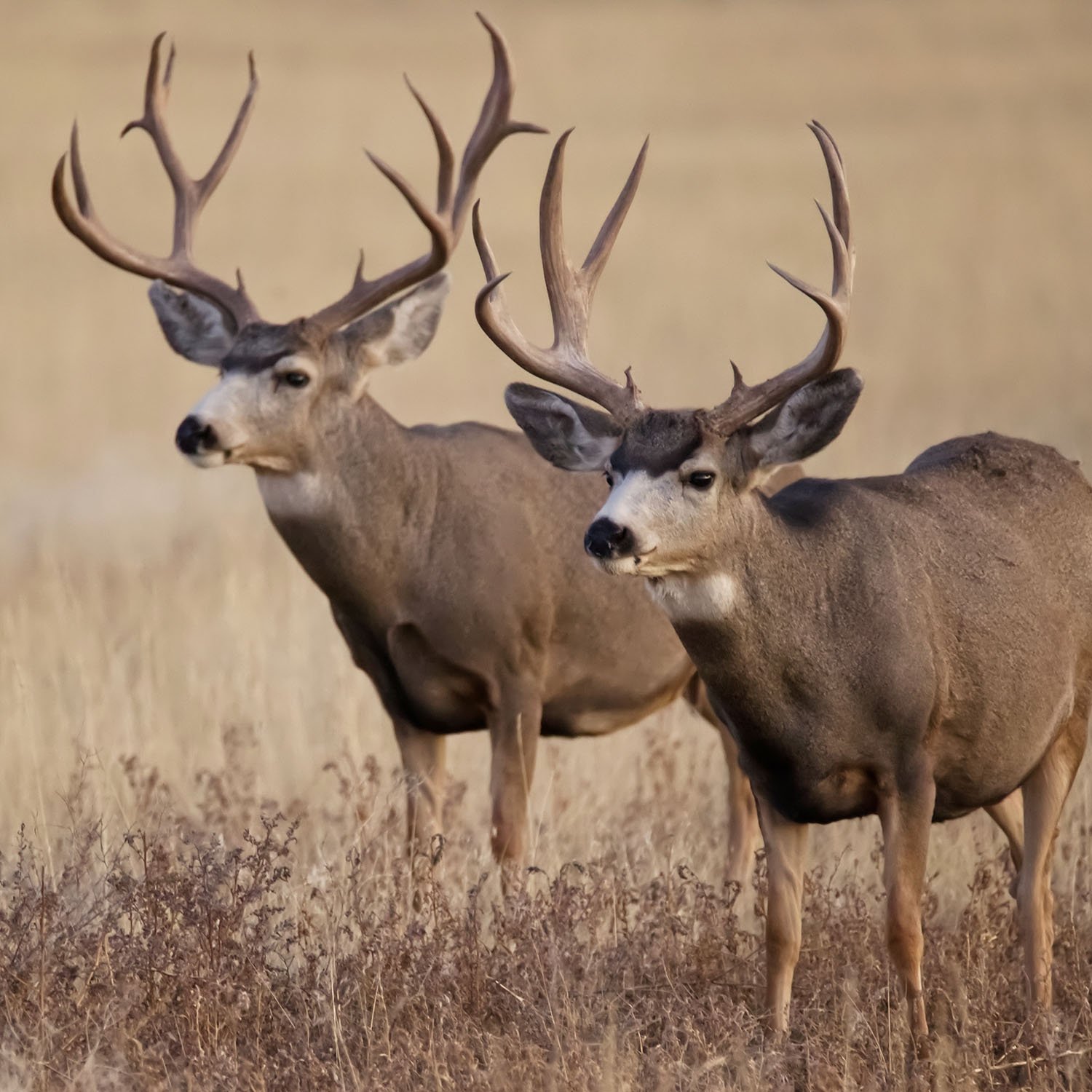
Deer
Arizona state is home to whitetail deer and mule deer. Deer hunters must obtain a tag through the Arizona draw system, which can take time especially for non-residents. Summer velvet bucks season happens in August/September, and the rut and pre-rut for mule and Coues deer is in December and January. A hunter may kill one antlered deer per calendar year in Arizona.
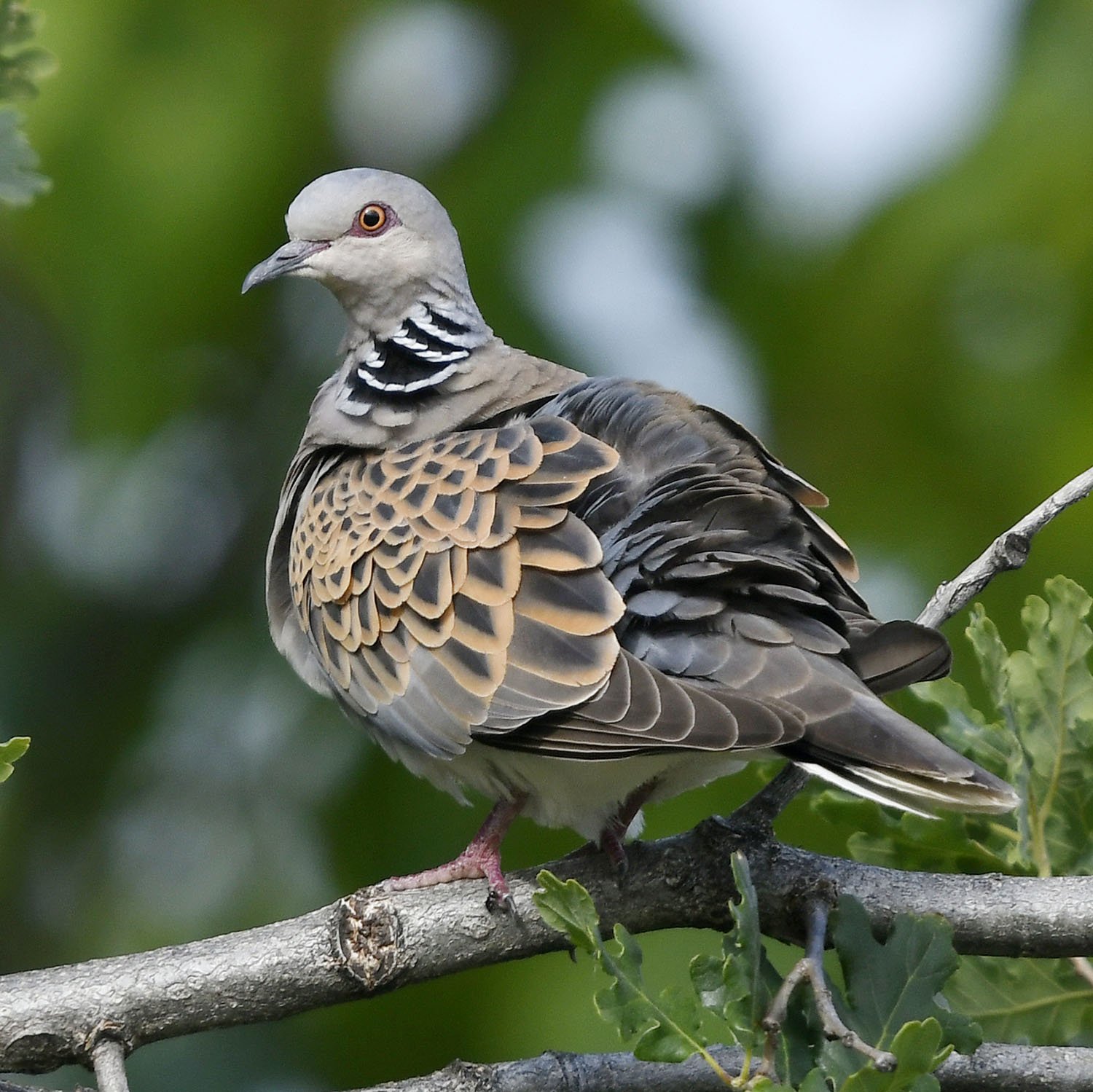
Dove
The mourning dove is the most abundant game bird found in Arizona. Hunters can also find white-winged doves scattered across the state. The Eurasian Collared dove is also present, as a newcomer and problematic invasive species.
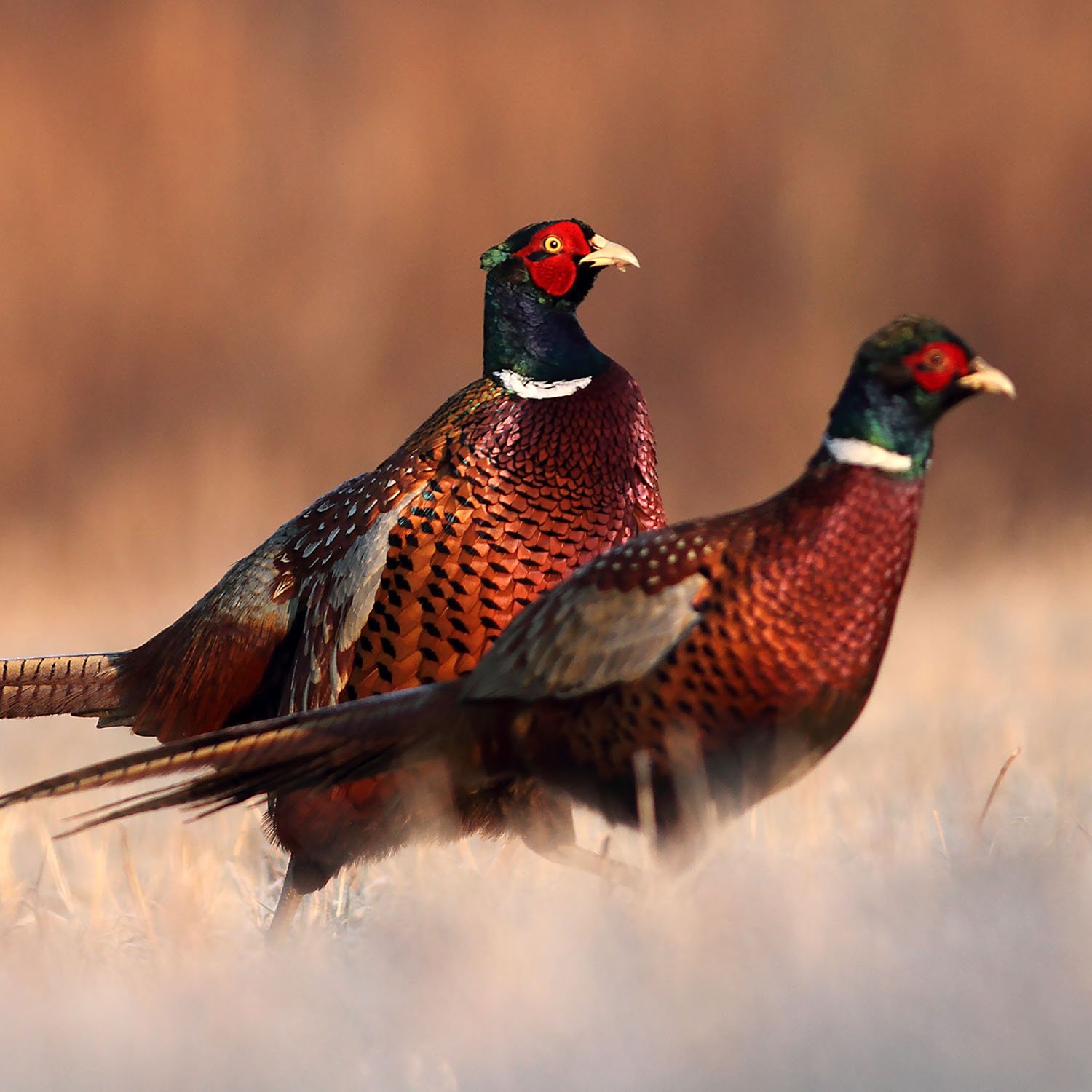
Pheasant
There is only one game management area in Arizona where you may hunt pheasant with a shotgun. This is unit 40B, near Yuma. Permits are issued through the draw for pheasant hunting. There is also an archery or falconry pheasant season, which is open statewide and runs concurrently with the quail season.
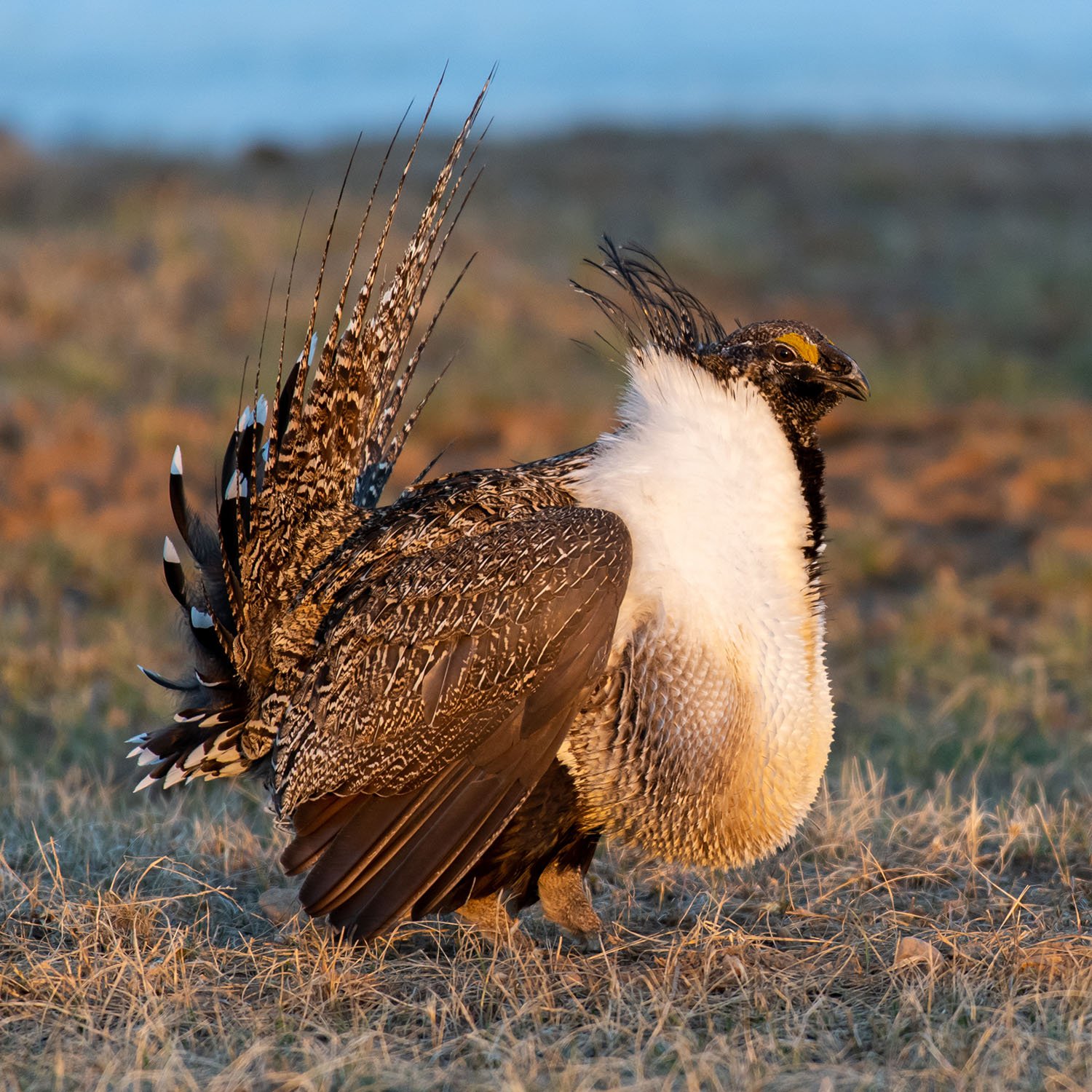
Grouse
In Arizona, Grouse can be found in mixed Conifer forests above 8,500 feet of elevation. Because of this requirement, grouse can only be found in the White, Blue, Escudilla, Chuska, and Buckskin (North Kaibab) mountains, and on the San Francisco Peaks.
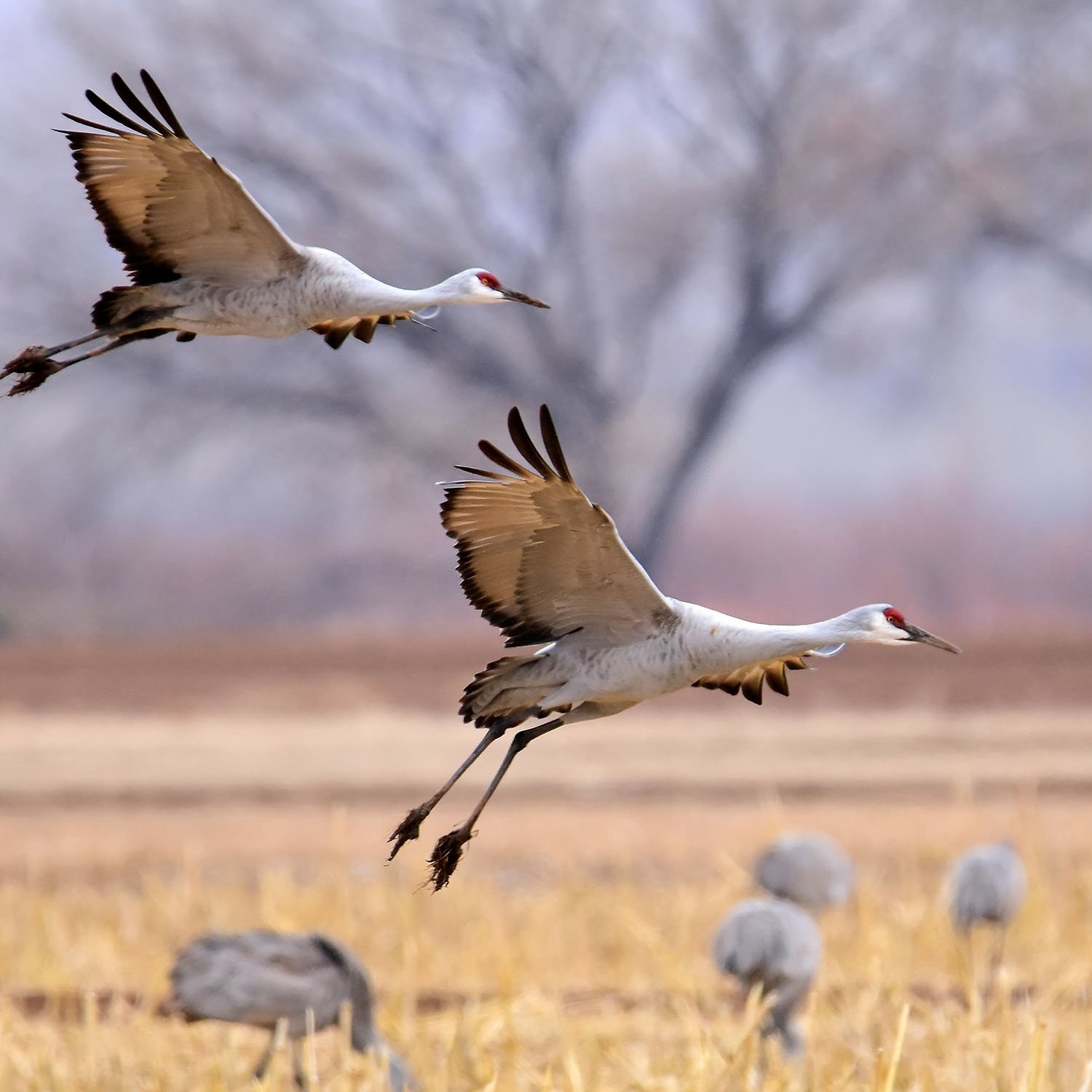
Sandhill Crane
Three populations of sandhill cranes winter in Arizona. During this time, they can be found in the Sulphur Springs and Gila River valleys of southeastern Arizona. It is not permitted to hunt cranes that are wintering on the lower Gila and Colorado Rivers. Hunters most obtain permits for sandhill crane hunting through a lottery.
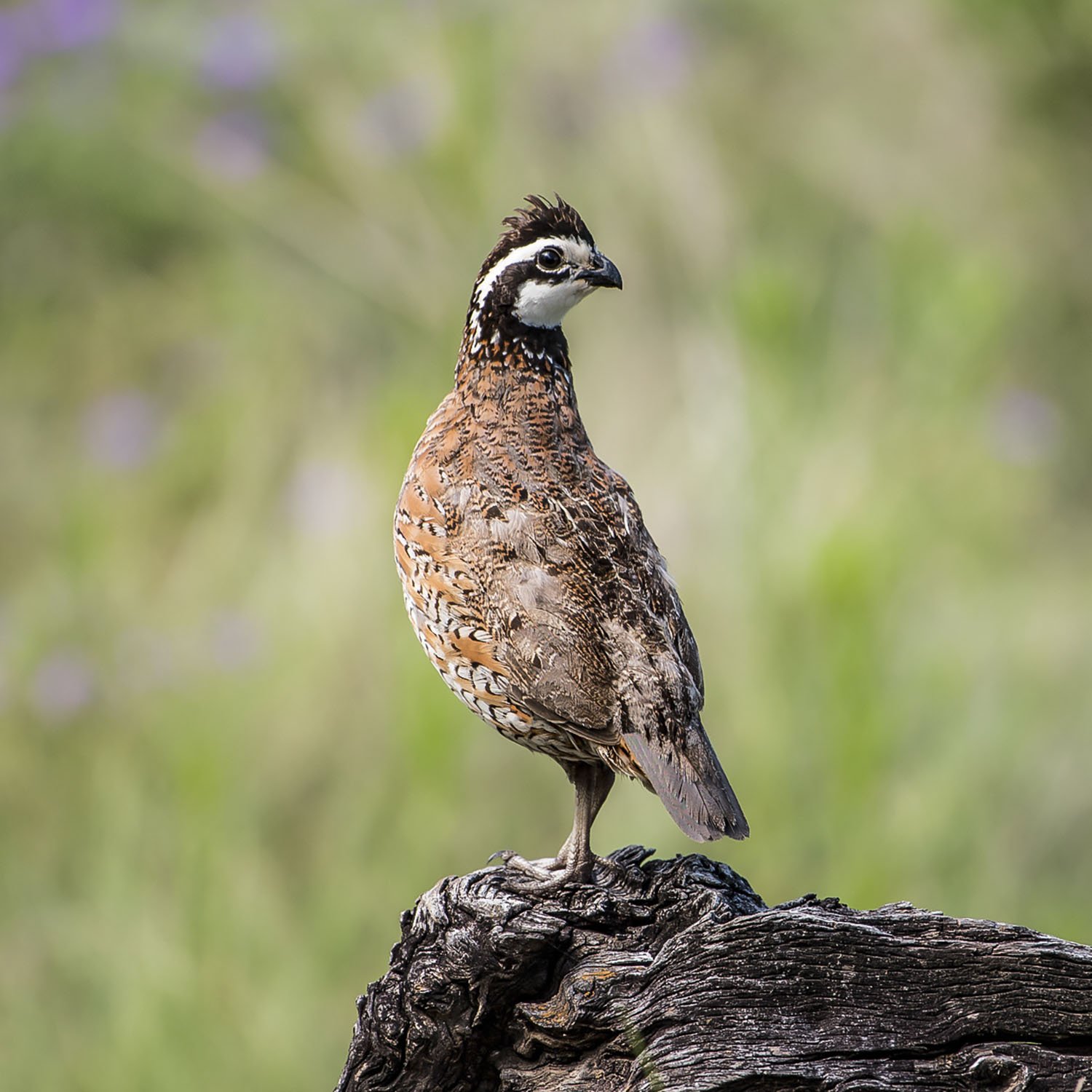
Quail
There are three popular game species of quail in Arizona: Gambel's, scaled, and Mearns'. The Gambel’s quail is the most popular and most often hunted. They can be found all across Arizona, and are often hunted in open desert areas.
Other Arizona game species include: Javelina, Bighorn Sheep, Mountain Lion, Tree Squirrel, Cottontail Rabbit, Coyotes and Skunks, Raccoon, Bobcat, Foxes, Weasel, and Badger, Fox, Sparrow and Starling, Crow, Coati, Gunnison Prairie Dog, Jackrabbit, Chukar Partridge, etc. found in the "Hunting Seasons" section at bottom of the page
Where to Hunt
Arizona has many different hunter-friendly areas, each with its own unique set of regulations and guidelines.
National Wildlife Refuges
National Wildlife Refuges in Arizona provide large amounts of hunting space to the general public. Prospective hunters can contact the individual refuge for the specific regulations and maps.Indian Reservations
Hunting may be permitted on some Indian Reservations in Arizona. This is at the discretion of the controlling tribe.Lake Mead National Recreation Area
Hunting is permitted in designated areas of the Lake Mead National Recreation Area. Hunting in this area is regulated by state game agencies. All regulations are enforced by game wardens and park rangers.Military Reservations
Those who are interested in hunting on military reservations should contact the reservation of interest directly. Hunting may be allowed on some military reservations under certain regulations.Bureau of Land Management Areas
BLM areas are generally open to hunters in Arizona. Check with the office of the area in question for more information.US Forest Service
US Forest Service areas are open to hunters in Arizona, but these areas may be subject to controlled burning activity. Check with the appropriate office before hunting in US Forest Service Areas.Maricopa and Pima County Park Areas
Some of these park areas may be open to hunting. Check with the appropriate office for more information.Access to Private Lands
You must have written and/or verbal permission from private landowners to hunt on their land. This includes crossing private lands by foot or vehicle to get to public and State Trust lands not otherwise accessible.Licensing Fees
Any hunter over the age of 10 must have a hunting license in Arizona. A person under 10 may be accompanied by a licensed hunter over 18 when hunting anything other than designated big game species.
To obtain a resident hunting license, a person must have resided solely in Arizona for at least six months preceding the date of application. Lifetime licenses are available, but the fees associated vary based on the age of the licensee.
As mentioned above, many species in Arizona require special permits obtained through the draw. The draw system favors residents, but some non-resident licenses are still available. Draws are done through a lottery system, and through a system that rewards patient hunters. It can sometimes take years for non-resident hunters to earn peak licenses during the main season.
| License | Fee |
|---|---|
| Resident Combo Hunt & Fish | $57.00 |
| Non Resident Annual Combo Hunt & Fish | $160.00 |
Hunter Education
Hunter Education is only required for those under the age of 14 in the state of Arizona. No one under 14 may hunt big game without a license, and no one under 10 may hunt big game at all. Arizona hunter education courses are available in person, or as a combination of online learning and field hunting.
Youth Hunting
Arizona designates certain days throughout the year as youth hunt days.
Anyone under the age of 14 may hunt without a license, if they are accompanied by a licensed hunter over the age of 18.
This does not apply to big game species -- no one under the age of 14 may hunt big game without a license. No one under the age of 10 may hunt big game under any circumstances.
Trapping
A trapping license is required to trap fur-bearing mammals. A trapper may only trap predatory and fur-bearing animals during trapping seasons established by Commission Order.
The following fur-bearing animals may be taken with a trap: badger, bobcat, coati, coyote, crow, European starling, foxes, house sparrow, jack rabbits, raccoon, ringtail, rodents, skunks.
Hunting Seasons
| Game | Season |
|---|---|
| Deer* | Aug 25 2023 - Jan 31 2024 |
| Fall Turkey* | Aug 25 2023 - Oct 17 2023 |
| Spring Turkey* | Apr 21 2023 - Jun 1 2023 |
| Fall Javelina* | Oct 6 2023 - Dec 31 2023 |
| Archery Only Javelina* | Jul 1 2023 - Dec 31 2023 |
| Spring Javelina* | Jan 1 2023 - Mar 2 2023 |
| Bighorn Sheep* | Oct 1 2023 - Dec 31 2023 |
| Fall Bison* | Sep 15 2023 - Dec 31 2023 |
| Spring Bison* | Jan 13 2023 - Aug 17 2023 |
| Fall Bear* | Aug 11 2023 - Dec 31 2023 |
| Spring Bear* | Mar 24 2023 - Apr 27 2023 |
| Archery Only Bear* | Aug 25 2023 - Oct 5 2023 |
| Mountain Lion | Aug 25 2023 - May 31 2024 |
| Tree Squirrel* | Aug 18 2023 - May 31 2024 |
| Cottontail Rabbit* | Jul 1 2023 - Jun 30 2024 |
| Coyotes and Skunks* | Jul 1 2023 - Jun 30 2024 |
| Raccoon, bobcat, foxes, weasel, and badger* | Aug 1 2023 - Mar 31 2024 |
| Sparrow and Starling* | Jul 1 2023 - Jun 30 2024 |
| Crow* | Sep 1 2023 - Dec 31 2023 |
| Coati* | Sep 1 2023 - Mar 31 2024 |
| Gunnison Prairie Dog* | Jul 1 2023 - Mar 31 2024 |
| Jackrabbit* | Jul 1 2023 - Jun 30 2024 |
| Black Tailed Jackrabbit | Aug 25 2023 - Feb 29 2024 |
| Pheasant* | Sep 1 2023 - Feb 11 2024 |
| Quail* | Sep 1 2023 - Mar 31 2024 |
| Chukar Partridge | Sep 1 2023 - Feb 11 2024 |
| Blue Grouse | Sep 1 2023 - Nov 5 2023 |
| Sandhill Crane* | Nov 10 2023 - Dec 17 2023 |
| Pronghorn* | Aug 18 2023 - Oct 15 2023 |
| Elk* | Jul 28 2023 - Dec 31 2023 |
*Hunting dates for this species may vary by zone, method of take, or subspecies of animal. Visit the state’s website here to find out more.
Disclaimer: The information provided here is not to be construed as legal advice or acted upon as if it is legal advice: it is provided for informational purposes only. While we strive to provide accurate, up-to-date content, we cannot guarantee the accuracy, completeness, or currency of the information.